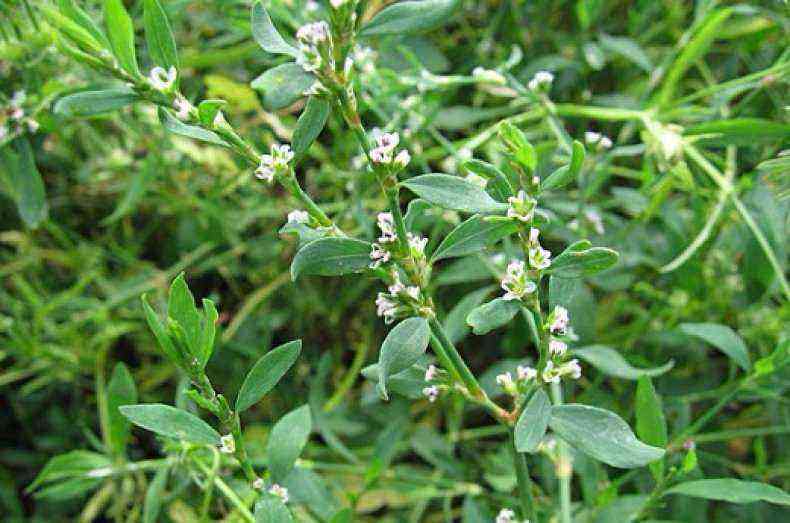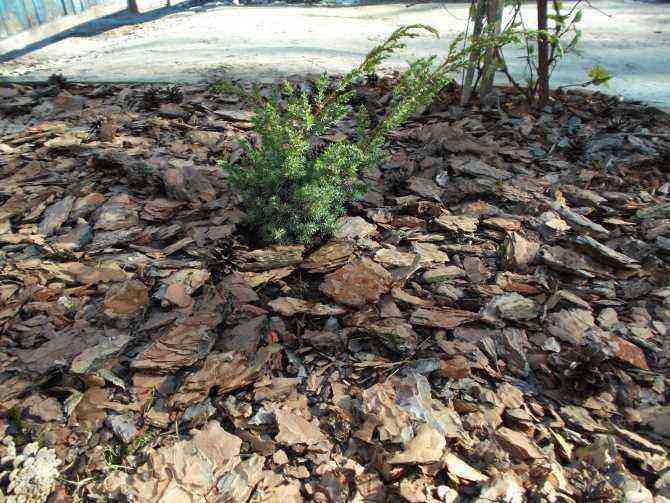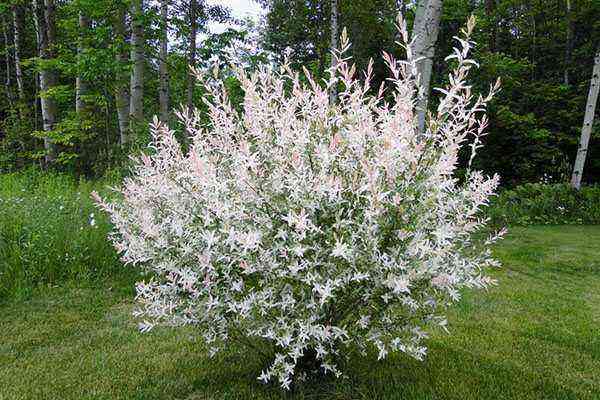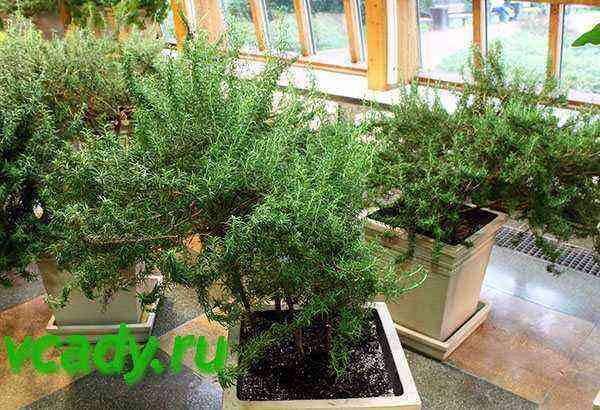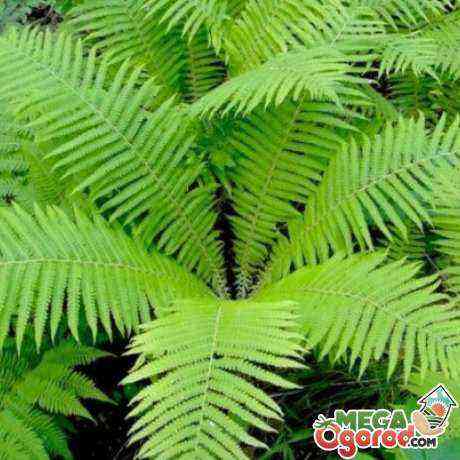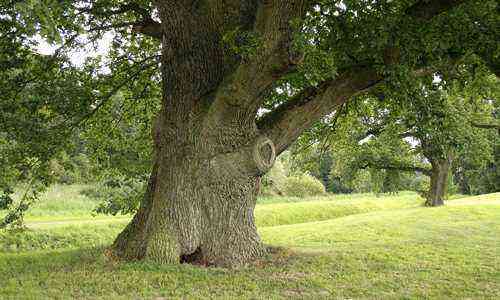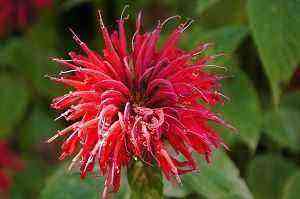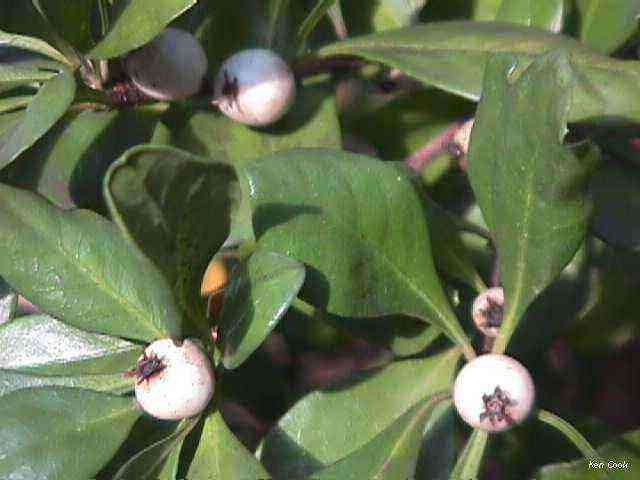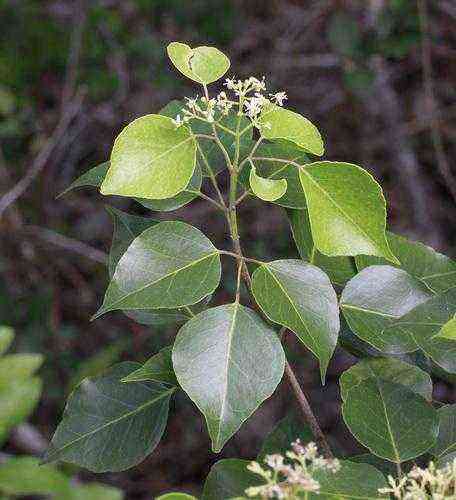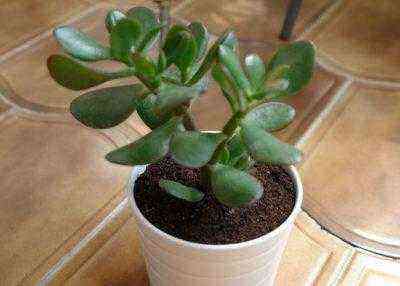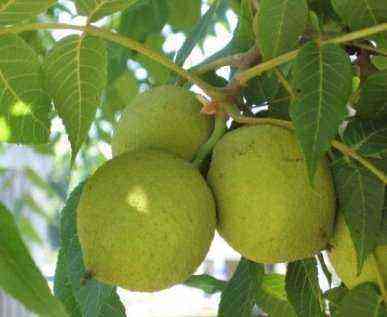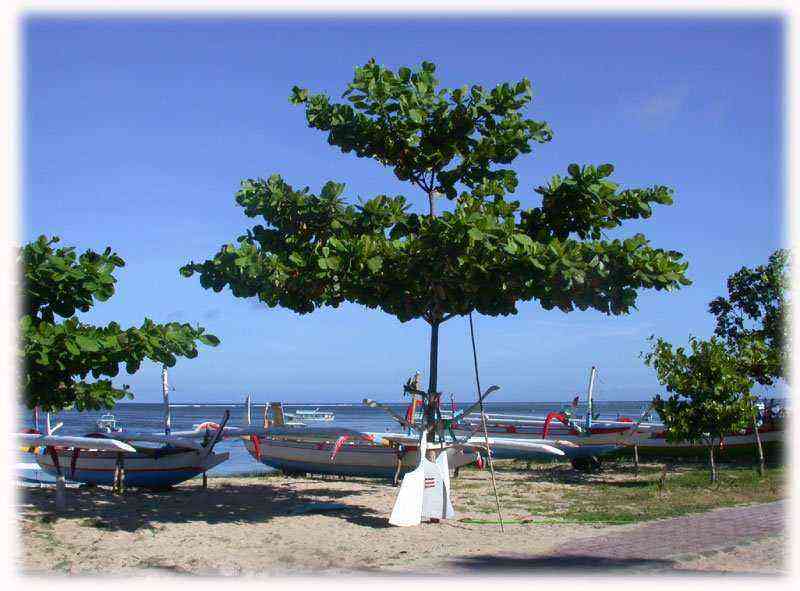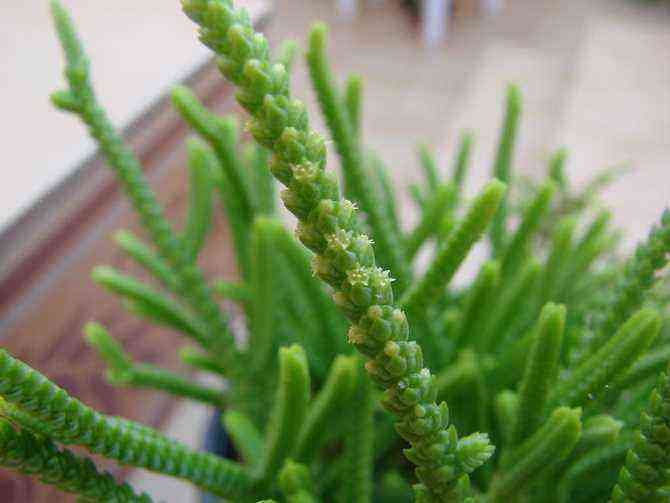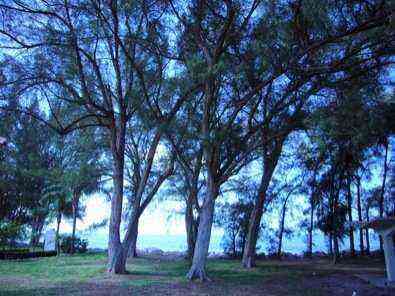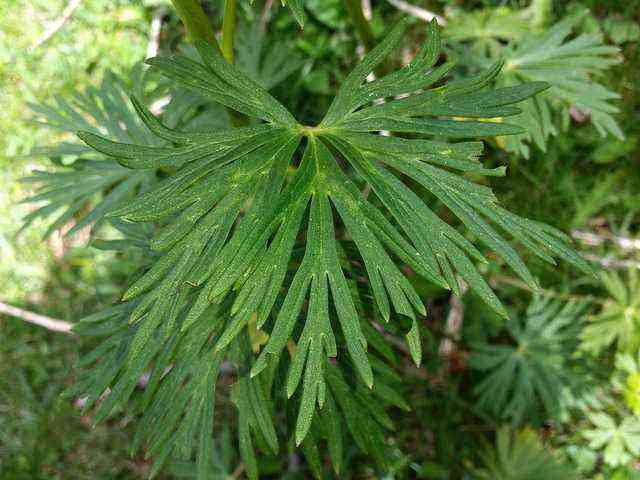Bertholletia excelsa is the scientific name by which it is called, commonly referred to as Brazil nut or Brazilian chestnut, it is a seed that contains valuable nutrients as human food, it inhabits forest and wet areas.
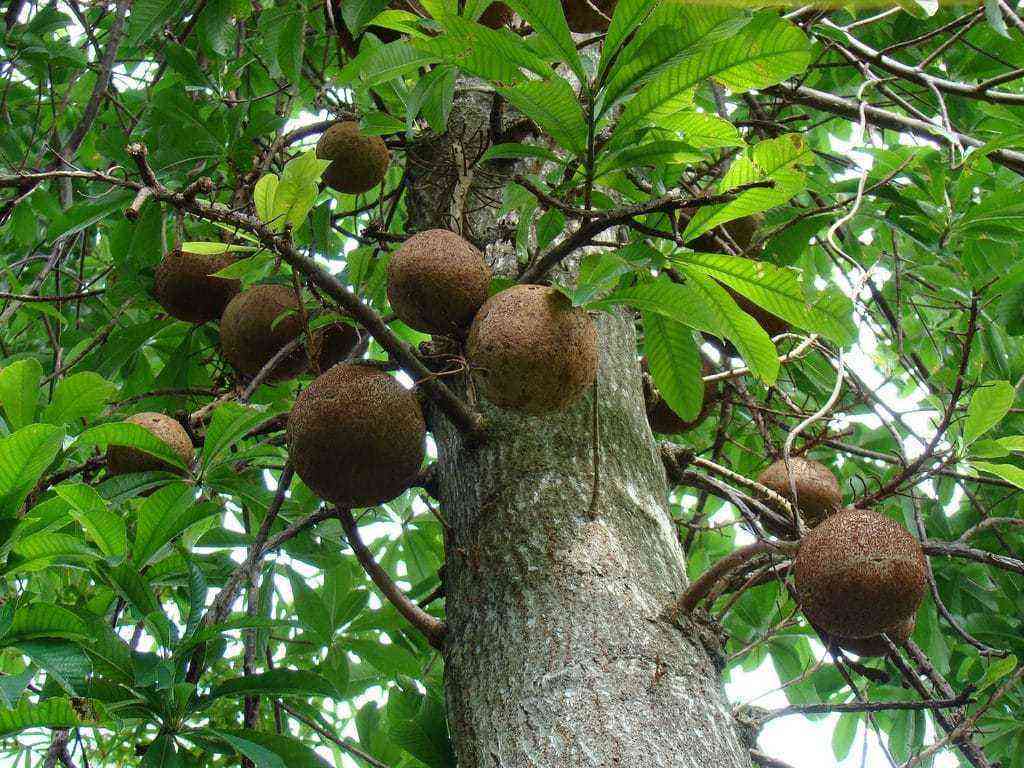
What is Bertholletia excelsa?
This tree, scientifically named Bertholletia excelsa and commonly referred to as the Brazil nut, its seed can be eaten and can be recognized by various names such as hazelnut from Brazil, chestnut from Brazil, coquito from Brazil, Amazon walnut. , Bolivian walnut, Steam chestnut or mountain chestnut.
This tree, which belongs to the Lecythidaceae family, is easy to develop because it is a wild plant, so it enjoys highlands such as Brazil, Bolivia, Peru, Guyana and Colombia. (See article: Saman)
Source
This tree, known as Bertholletia excelsa, comes from the Amazon Basin, especially in the Amazon of Brazil, Bolivia and Peru, and travels until it reaches the wilderness of the Colombian and Venezuelan Amazon and Guiana.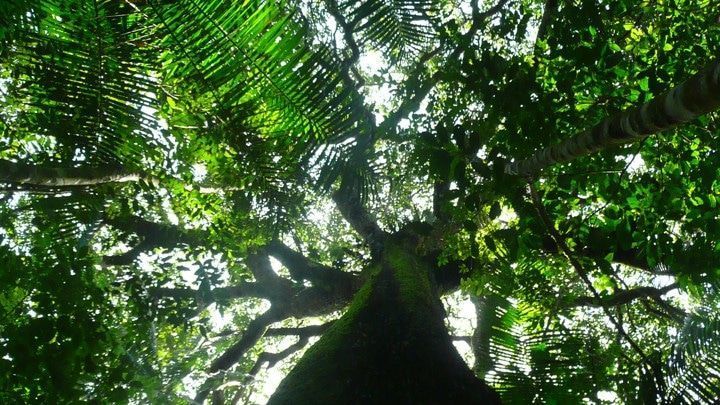
Brazil nuts are also known as chestnuts in the countries of Bolivia and Peru, where chestnuts have a large consistency and are found in the border areas with these two countries, as well as on the border with Brazil. Peru has a department known as Madre Dios, which deals with the painstaking work of harvesting the chestnuts.
Characteristics
Bertholletia excelsa trees are trees with millennial characteristics, as they reach a life span of one thousand years in a unique bush of its kind.
These trees were located on lands with good drainage, scattered or in groups of up to 100 species together, in huge forests or mountains in the Amazon, Negro and Orinoco basins. In the Peruvian Amazon there are trees that are up to 1200 years old.
It is a giant tree that can reach heights of 30 to 60 meters. Its trunk can be from 1 to 2 meters wide, it is straight, thick and has no branches, but reaches half its size, its bark is gray and smooth in texture, the crown has huge branches that reach the crown of other nearby trees. The branches that are born on the entire half of the tree are dense, hanging horizontally from its branches.
The leaves have deciduous characteristics, alternate, simple, oblong, leathery, with a weak petiole and without stipules, are large in size from 20 to 35 cm in length and from 10 to 15 cm in width.
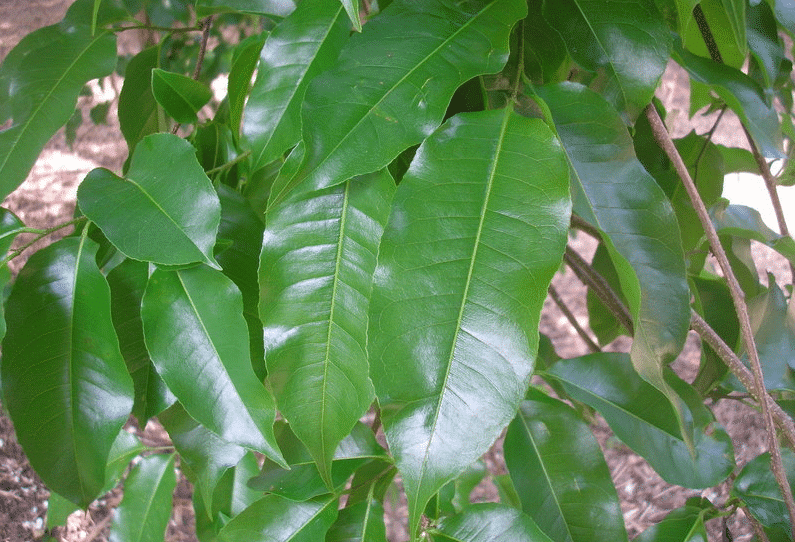
The flowers that this tree produces are small, greenish and whitish in color, which are born in clusters, with a penetrating aroma, each of the flowers has a calyx, which is divided into two parts, has six soft yellow petals. which appears faded with a lot of stamens.
The flowers have a fleshy consistency and a curved cocoon that somehow pollinators such as bees and bumblebees known as Bombus, Xylocopa, Euglossa, and Eulaema can penetrate the interior of the flower to feed on pollen and nectar.
These trees produce large and round fruits, very similar to the coconut, which is why it is called the Brazilian coquito, inside they contain 20 seeds that are recognized as a source of nutrition and can be eaten in a variety of ways, both raw and supplemented. its skin, toasted, salted or in its natural state. (See Article: Yew Trees)
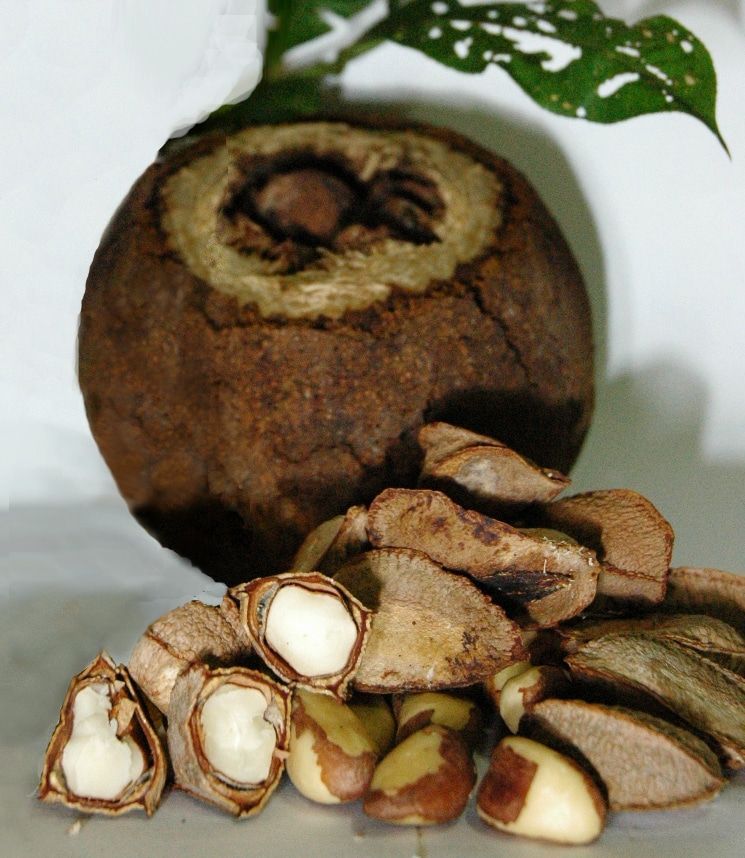
The size of its fruit can reach a weight of up to 2 kg, which in finished form in some cases falls to the ground, the shape of this fruit is a crescent moon, the skin is soft and thin, the inside is white, textured like butter with a pleasant aroma. Trees can produce about three hundred pods of their fruit. The fruits ripen for about 15 months.
The seeds of this tree are triangular in shape, ranging in size from 3 to 4 cm, which, once extracted from a sturdy leathery receptacle, brown in color and rough texture, become the popular and well-known almond or chestnut tree. …

Nutritional value of the fruit
The fruits of this wonderful and nutritious tree contain nutritional value per 100 grams that are good for consumption, and this is the appropriate percentage that an adult can eat, below we detail them in detail:
Energy value: 656 kcal 2743 kJ
Carbohydrates: 12.27 g
Sugars: 2.33 g
Dietary fiber: 7.5 g
Fats : 66,43 g
Proteins:14.32 g
Water : 3,48 g
Retinol (vit. A) : 0 μg (0%)
Thiamine (vit. B1): 0.617 mg (47%)
Riboflavin (vit. B2): 0.035 mg (2%)
Niacin (vit. B3): 0.295 mg (2%)
Vitamina B6: 0.101 mg (8%)
Vitamin C: 0.7 mg (1%)
Vitamin E: 5.73 mg (38%)
Calcium : 160 mg (16%)
Iron: 2.43 mg (19%)
Magnesium: 376 mg (102%)
Phosphorus : 725 mg (104%)
Potassium: 659 mg (14%)
Sodium: 3 mg (0%)
Zinc : 4,06 mg (41%)

Taxonomy
The Bertholletia excelsa shrub also has its own classification among plant species and varieties, in which they are described as belonging to:
United Plants
Subkingdom : Tracheobionta
Subdivision : Magnoliophyta
Class : Magnoliopsida
Subclass : Dilleniidae
Order : Ericales
Family : Lecythidaceae
Race : Lecythidoideae
Race : Bertholletia
View : Bertholletia excelsa
Cultivation and reproduction
This plant species, known as Bertholletia excelsa, can be cultivated by sowing seeds that germinate after a year. It can also be reproduced by transferring immature embryos.
Direct planting in the field is not recommended because the seeds take a long time to germinate and care must be taken with the attack of some rodents that visit and eat the seeds.

Reproduction by grafting method is the most suitable and used and has given good results. Plantations of these strange trees can be created in the world and they reach maturity, and that’s when they bear fruit for 12 to 15 years, and they are expected to be profitable for 30 years of beneficial use.
Interestingly, the vast majority of seeds are sown by agouti in different places – the rodent mammals that inhabit these areas; which germinate a year after planting, and good growth is due to the sunlight they receive, so in many cases new plants must wait until another nearby tree lets light in for them to develop and grow in the future.
Characteristics
Brazil nuts are delicious and mild in flavor, high in selenium and an excellent source of magnesium and thiamine. They contain 14% protein, 11% carbohydrates, 67% fat. It has antioxidant, emollient, insecticidal and nutritive properties.
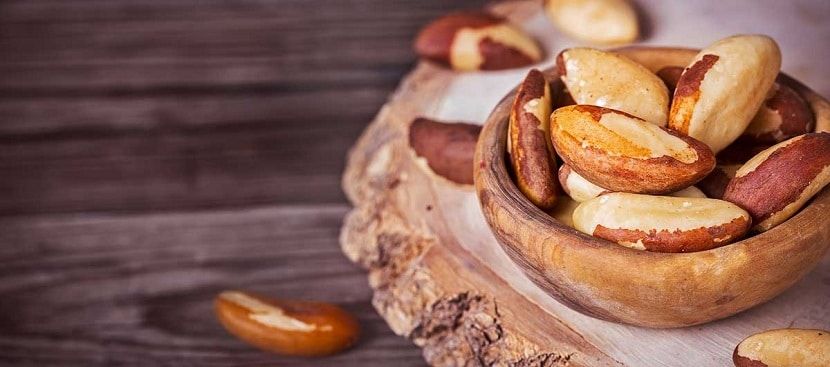
In terms of unsaturated fat content, Brazil nuts are among the highest levels of all types of nuts. It should be borne in mind that this is one of the most radioactive fruits on the planet, due to the accumulation of this element known as radium and barium.
It is best to consume Brazil nuts in moderation and in controlled amounts, although if eaten in small portions it turns out to be harmless or it can cause health problems.
Generally, the most ideal option is to consume 100 grams of Brazil nuts, which contain more than 30 times the recommended daily intake of selenium for an adult. If a person abuses their consumption, it can cause the so-called selenosis.
The oil is extracted from Brazil nut, which is used for food, and can also be used as an excellent lubricant to keep the watch running properly, and also as a polish for woodworking art.

The oil obtained from the seeds of this tree has high nutritional properties, since it contains 75% of unsaturated fatty acids, which are composed of palmitic, oleic, linoleic and sitosterol phytosteroids and fat-soluble vitamins A and E, extracted in the first process, can be compatible with olive first cold pressed oil, and its taste is light and tasty.
Among its properties and medicinal properties, seeds boiled in milk are widely recommended, which help with urination and act as a diuretic, as well as for ear diseases. The wood of this spectacular tree is also used to build houses and boats.
Other data
Brazil nuts contain minimal amounts of radium, a reactive element. The amount is of the order of 1-7 pCi / g (40-260 Bq / kg), which is contained in the structure of the fruit, this element is not necessarily found in the soil, rather it is due to the underground depths that they have the roots of the tree.
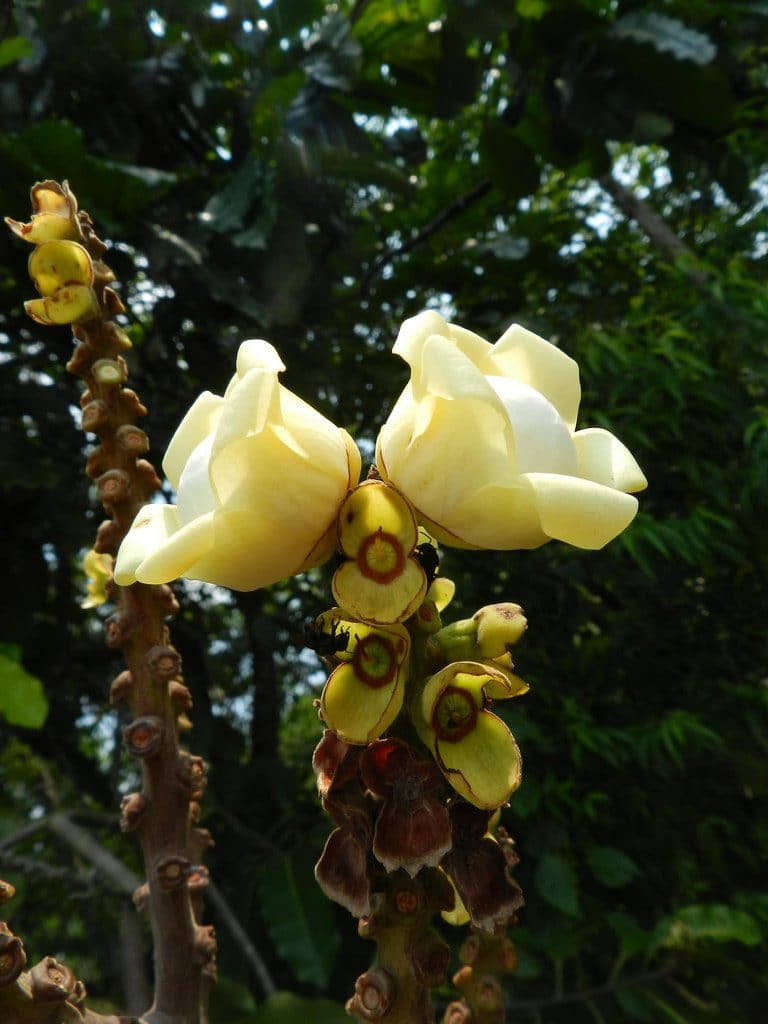
There is a misconception that orchids known as Coryanthes vasquezii emit a scent that attracts male bees and which in turn attracts females to mate, which creates a strong symbiosis between the tree, orchids and bees. This is a myth that has been circulated in various stories about the Brazilian nut, but so far it has no scientific basis.
In addition, among the curiosities that surround this tree and its fruits, it can be noted that the monkeys known as Capuchins know how to open nuts with a stone.
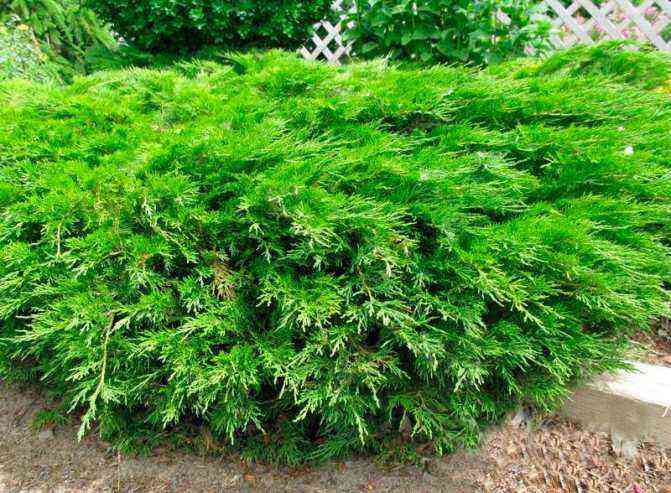
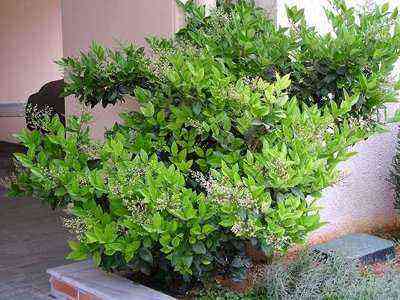
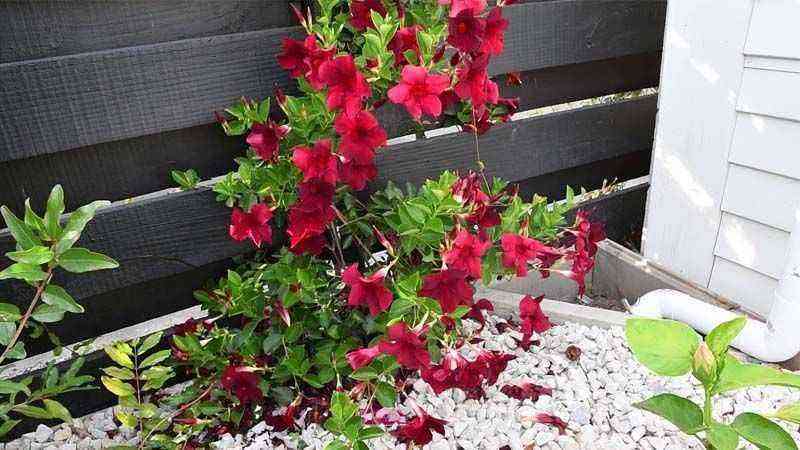



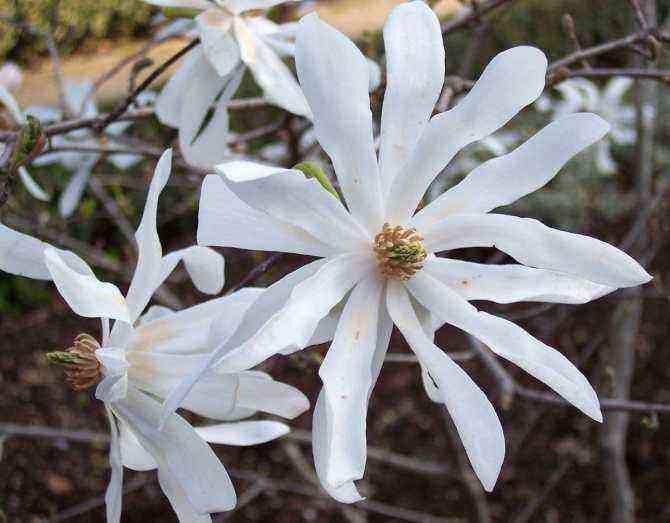
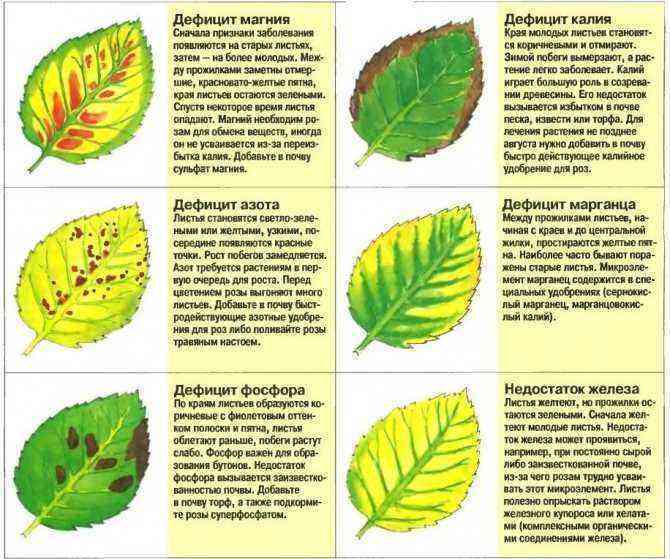


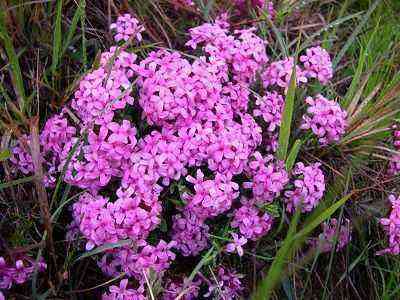
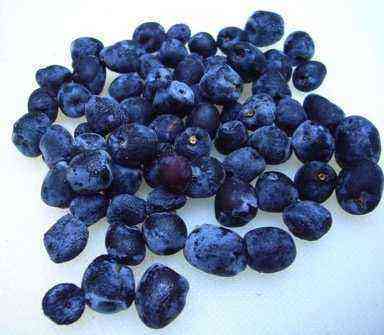

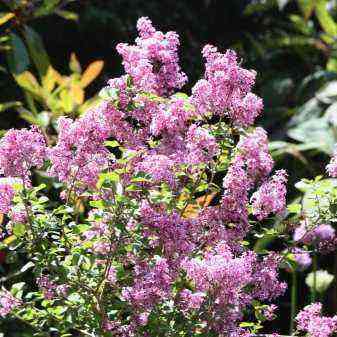
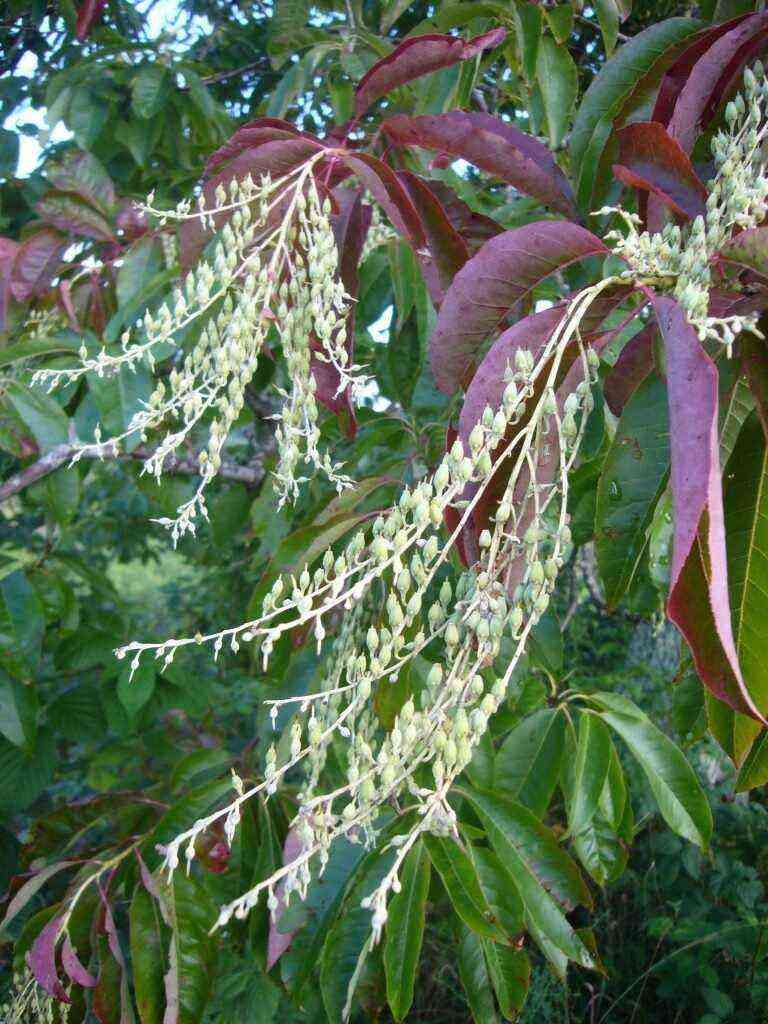
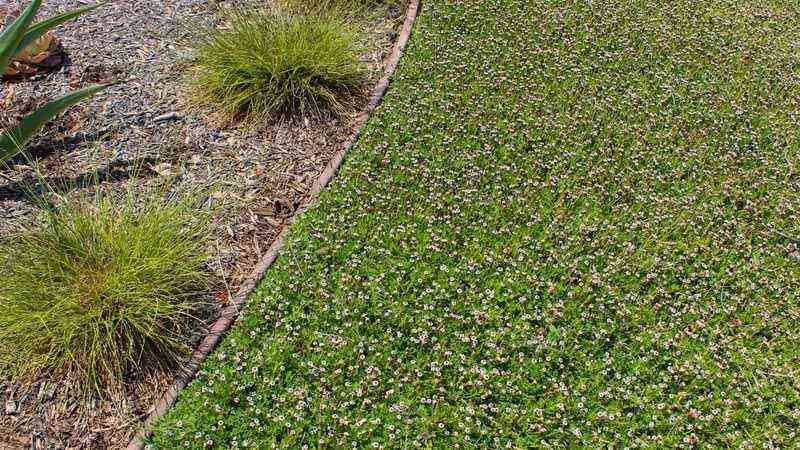
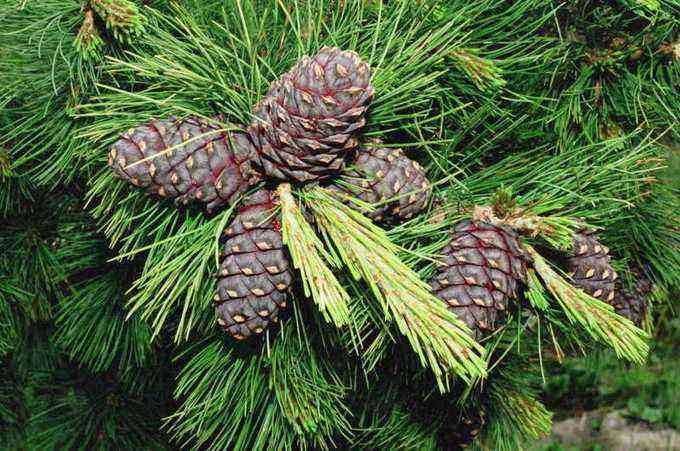
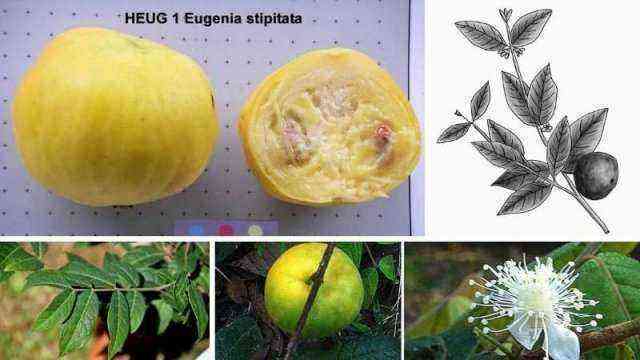
![Cultivo de Magnolia stellata [magnolia estrellada] Cultivo de Magnolia stellata [magnolia estrellada]](https://farmer-online.com/wp-content/uploads/2021/05/Cultivo-de-Magnolia-stellata-magnolia-estrellada.jpg)

